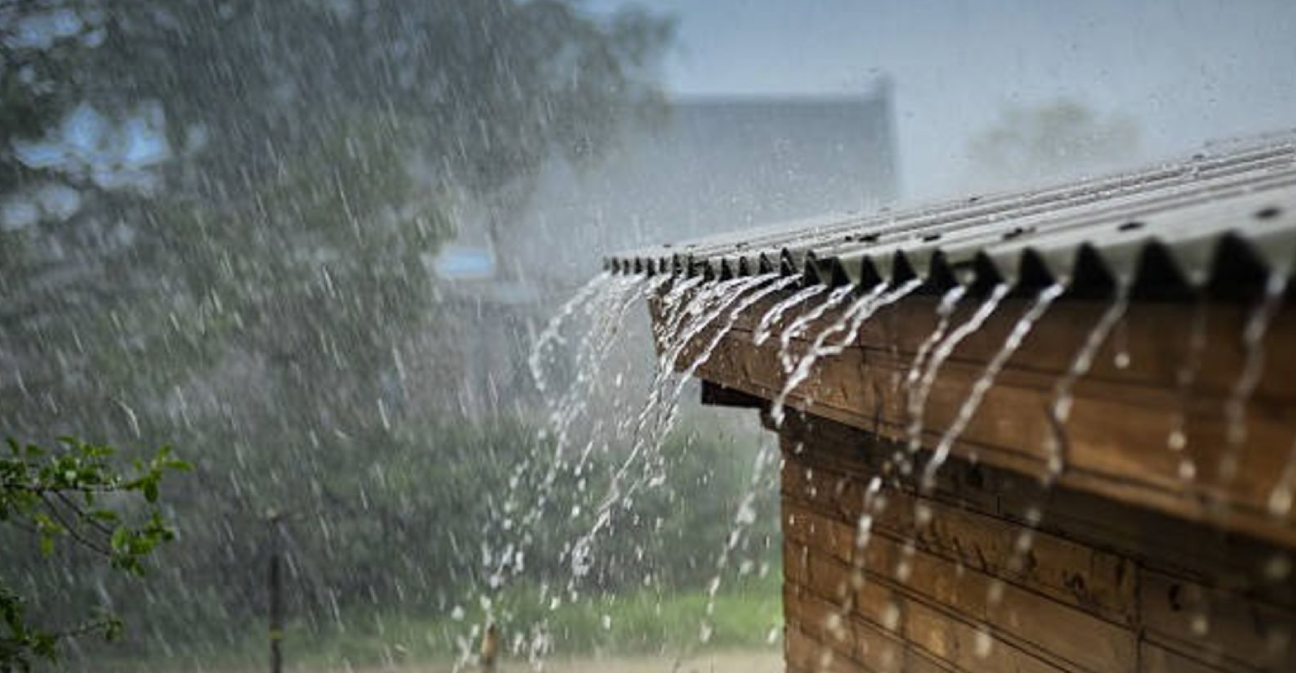Overview:
Zanzibar, a semi-autonomous region of Tanzania comprising several islands including Unguja and Pemba, is increasingly facing erratic rainfall patterns and frequent droughts. These climate anomalies are disrupting agriculture, water resources, livelihoods, and the overall socio-economic stability of the islands.
1. Causes of Erratic Rainfall and Droughts
- Population Growth: Increased demand for land, housing, and infrastructure due to population growth has led to clearing forests.
- Agricultural Expansion: Shifting cultivation (slash-and-burn agriculture) is common, leading to forest loss and soil degradation.
- Charcoal and Firewood Production: The primary sources of household energy in Zanzibar are wood-based, contributing heavily to tree cutting.
- Tourism Development: Coastal and forested lands are often cleared for hotels and other tourism-related infrastructure.
- Unregulated Logging: Illegal and unregulated logging for timber and building materials contributes significantly to forest degradation.
A. Climate Change:
- Global warming has altered the Indian Ocean’s climate systems, such as the Inter-Tropical Convergence Zone (ITCZ) and the Indian Ocean Dipole (IOD).
- Higher temperatures cause evaporation and shifting rainfall seasons, leading to unpredictability.
B. Deforestation and Land Degradation:
- Deforestation for agriculture and charcoal has reduced forest cover, impacting local microclimates and water cycles.
- Soil degradation also reduces water retention capacity.
C. Urbanization and Infrastructure Development:
- Expansion of roads and buildings changes drainage patterns, which can intensify localized droughts and flooding.
2. Impacts of Erratic Rainfall and Droughts
A. Agricultural Disruption:
- Delayed or short rains affect crop cycles (e.g., rice, cassava, bananas).
- Livestock suffers due to poor pasture and water shortages.
B. Water Scarcity:
- Many rural communities rely on rain-fed water sources or shallow wells, which dry up during prolonged droughts.
- Coastal aquifers face saline intrusion, worsening water quality.
C. Health Issues:
- Reduced water supply can lead to poor hygiene and waterborne diseases.
- Malnutrition may rise due to food insecurity.
D. Economic Impacts:
- Zanzibar's economy, heavily reliant on agriculture, fisheries, and tourism, faces threats from climate unpredictability.
- Lower agricultural yields and higher food prices strain households.
3. Responses and Adaptation Strategies
A. Government and Policy Initiatives:
- Zanzibar Climate Change Strategy promotes sustainable land and water management.
- Integration of climate risks into development planning.
B. Community-Based Adaptation:
- Water harvesting techniques like rooftop tanks and sand dams.
- Promotion of drought-resistant crops and early-warning systems.
C. International Support and Research:
- Collaboration with UNDP, FAO, and NGOs on climate resilience programs.
- Use of satellite data for better rainfall prediction and agricultural planning.
4. Future Outlook
- If current trends continue, rainfall in Zanzibar may become even more irregular, with longer dry spells and intense, short rains.
- Investments in climate-smart agriculture, reforestation, and resilient water infrastructure are essential for long-term adaptation.

 Home
Home


